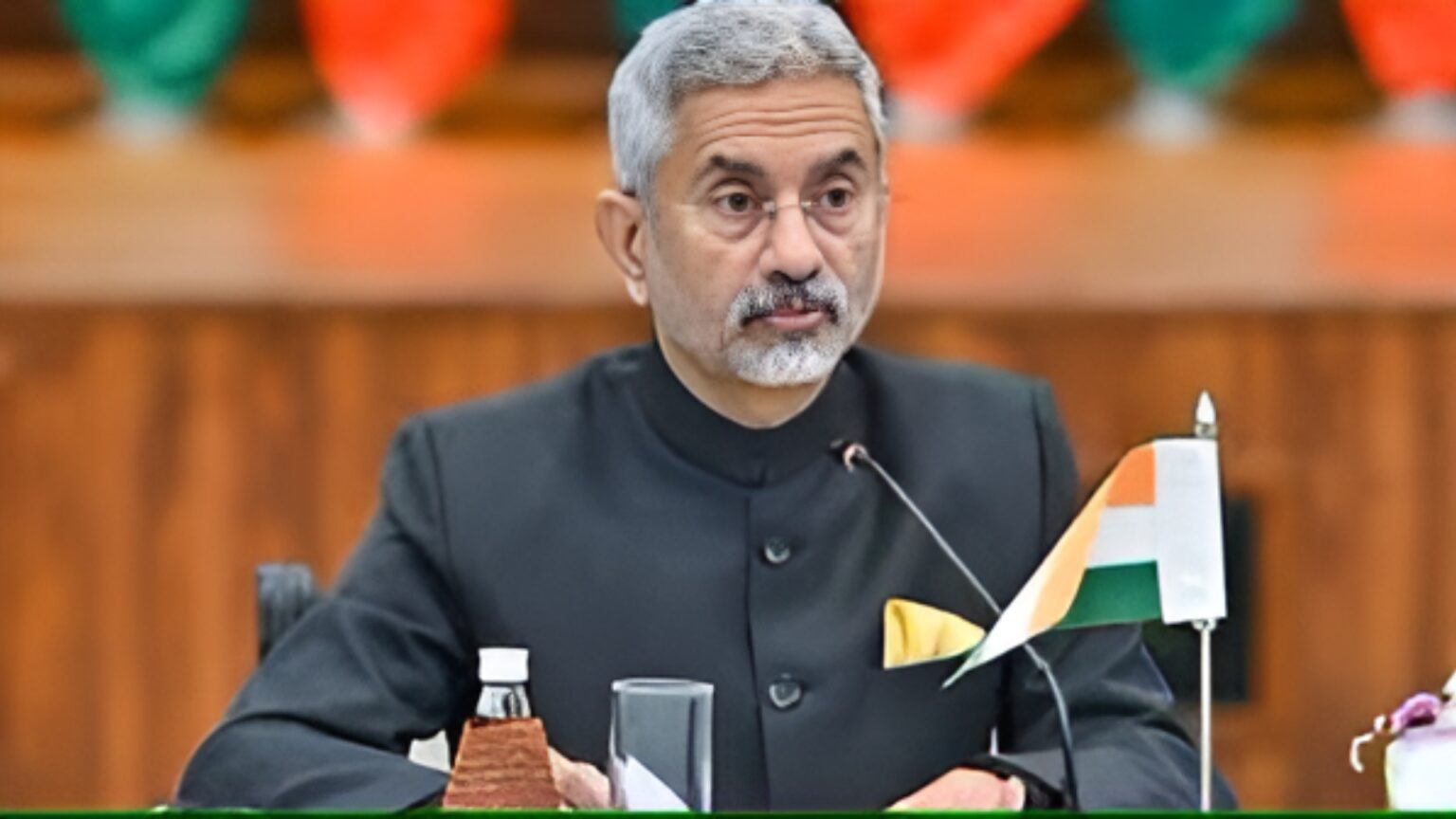Supply Chain Reordering and India’s Strategic Opportunity
Supply chain reordering is gaining momentum as global events reshape economic landscapes. India sees a strategic opportunity in this accelerated transformation, spurred by recent US election results. As companies rethink their supply chains in light of political shifts and the COVID-19 pandemic, India is positioning itself to play a more central role in the emerging global order.
What is Supply Chain Reordering and Why Is It Important?
Supply chain reordering refers to the restructuring of the global production and distribution network. Businesses worldwide are revisiting supply chain strategies to enhance resilience against disruptions. With rising geopolitical tensions and trade uncertainties, countries are seeking more reliable trade partners and efficient logistics. For India, this reordering presents an avenue to attract foreign investment, boost domestic industries, and increase its role in global supply chains.
The Role of US Elections in Accelerating Supply Chain Reordering
The recent US election results have added fresh urgency to global supply chain reordering. According to India’s External Affairs Minister Dr. S. Jaishankar, these outcomes may speed up the trend of companies reconsidering their supply chains. He sees this shift as beneficial for India, particularly as the country is increasingly seen as a viable alternative for supply chain operations. This acceleration gives India an unprecedented chance to assert itself in manufacturing and export sectors.
India’s Approach to Leveraging Supply Chain Reordering
India has been proactive in reforming its policies to attract foreign investors, aiming to position itself as a stable, competitive hub. Supply chain reordering aligns with India’s Make in India initiative, which seeks to boost local manufacturing. Dr. Jaishankar notes that India can meet global demands for digital transformation and geopolitical alignment, making it an appealing partner in a rapidly changing economic environment.
Geopolitical Hedging: An Essential Strategy for Businesses
The need for geopolitical hedging has become more pronounced as companies consider political stability in their supply chains. India’s alignment with both Western and regional allies offers an advantageous position. By balancing diplomatic relationships and fostering a favorable environment for international businesses, India can attract companies looking to diversify their supply chains and reduce reliance on any single country.
The Digital Transformation Aspect of Supply Chain Reordering
Digital advancements are also key in this reordering process. India’s strong technology sector and skilled workforce in IT provide a competitive edge. Dr. Jaishankar highlights how digital factors, from software development to digital infrastructure, play a significant role in making India an attractive partner. This technological potential reinforces India’s place in supply chains focused on high-tech industries and innovative solutions.
Impact on Skilled Workers and Immigration Policies
Supply chain reordering may also bring positive changes for skilled workers. Although immigration policies in the US are often stringent, Dr. Jaishankar remains optimistic that these policies will continue to prioritize skilled labor, which can benefit Indian professionals. As India’s tech and manufacturing industries grow, skilled workers will find more opportunities domestically, adding to India’s overall economic strength.
Conclusion: A Path Forward with Supply Chain Reordering
Supply chain reordering is reshaping global business dynamics. For India, this transformation signals a period of opportunity. With proactive policies, geopolitical balance, and digital prowess, India is well-positioned to play a pivotal role in the future of global supply chains. The accelerated shifts following the US election results provide a promising foundation for India’s economic growth and global integration.







